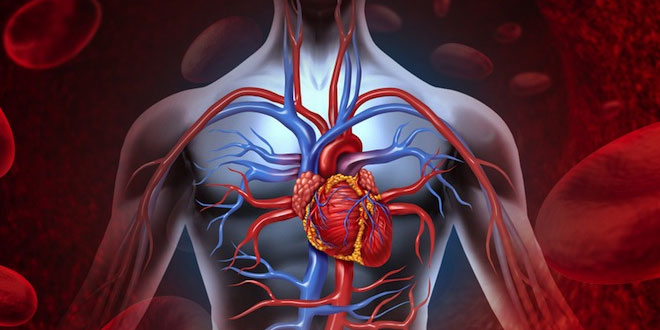Question: Differentiate between arteries, veins and capillaries on the basis of wall type, valves, function and blood flow.
Answer: Differentiate between arteries, veins and capillaries on the basis of wall type, valves, function and blood flow are:
Arteries:
- Arteries transport blood from the heart to the organs.
- They generally carry oxygenated blood(blood rich in oxygen) except the pulmonary artery, which carries deoxygenated blood from the heart to the lungs.
- They have thick elastic muscular walls.
- Blood flows through them with high pressure.
Veins:
- Veins bring blood to the heart from all parts of the body.
- They generally carry dioxygenated blood, except the pulmonary vein, which brings oxygenated blood from the lungs to the heart.
- Veins have thinner walls compared to arteries.
- Veins have valves, structures that prevent the blood from flowing back to the organs. Veins lie closer to the skin surface and can be seen as greenish-blue line in our hands and legs.
Capillaries:
- When an artery reaches an organ, it splits into smaller vessels called arterioles which further split to form a network of extremely thin blood vessels called capillaries.
- The capillaries join together to form large vessels which ultimately join to form the veins.
- Exchange of materials such as nutrients, chemical substances and gases between the blood and the cell occurs in the capillaries.
- The blood pressure in the capillaries is lower than that in the arteries but higher than that in the veins.
 Class Notes NCERT Solutions for CBSE Students
Class Notes NCERT Solutions for CBSE Students


